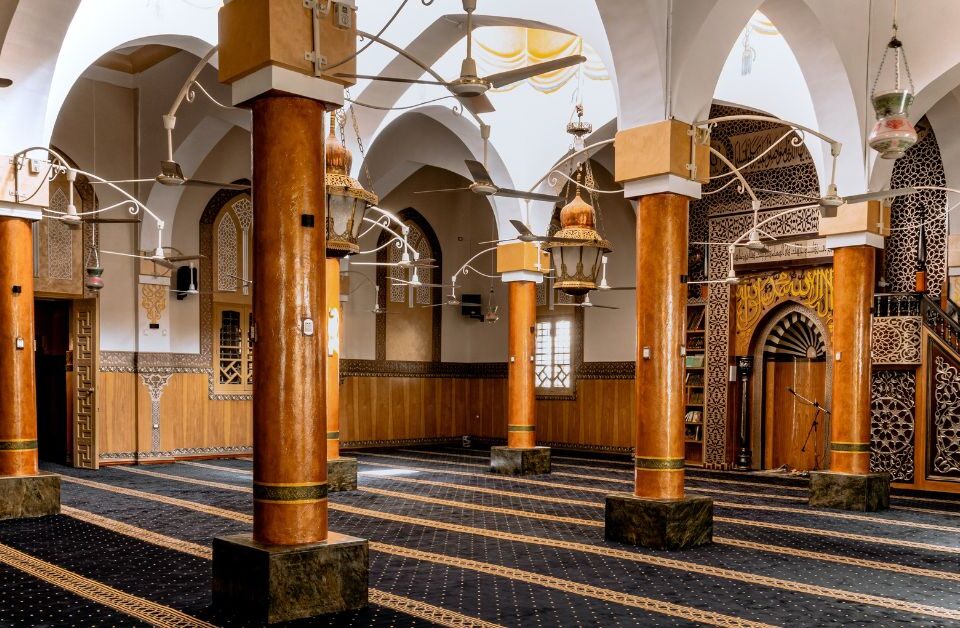
The Golden Age of Interior Design: The Renaissance
August 21, 2023
The Influence of Ancient Egyptian Design on Modern Interiors
August 27, 2023Roman Design: Timeless Concepts in Interior Design
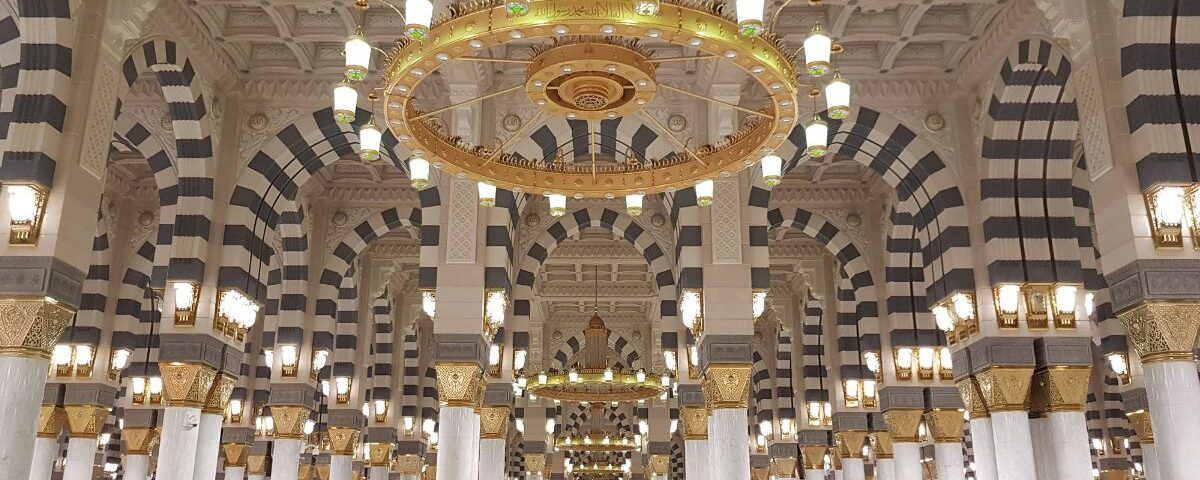
Since ancient times, the opulence of Roman Design has been an influential force in the world of architecture and interior design. The Romans, known for their sophisticated taste and love for grandeur, created styles and concepts that are timeless. Today, these designs continue to inspire, lending modern interiors an air of classic elegance and luxury.
Table of Contents
Brief Overview of Roman Design
Roman Design is marked by a striking blend of grandeur and practicality. Known for their architectural marvels, the Romans also brought forth a multitude of interior design elements rich colors, intricate mosaics, and ornate statuary which continue to inspire designers worldwide.
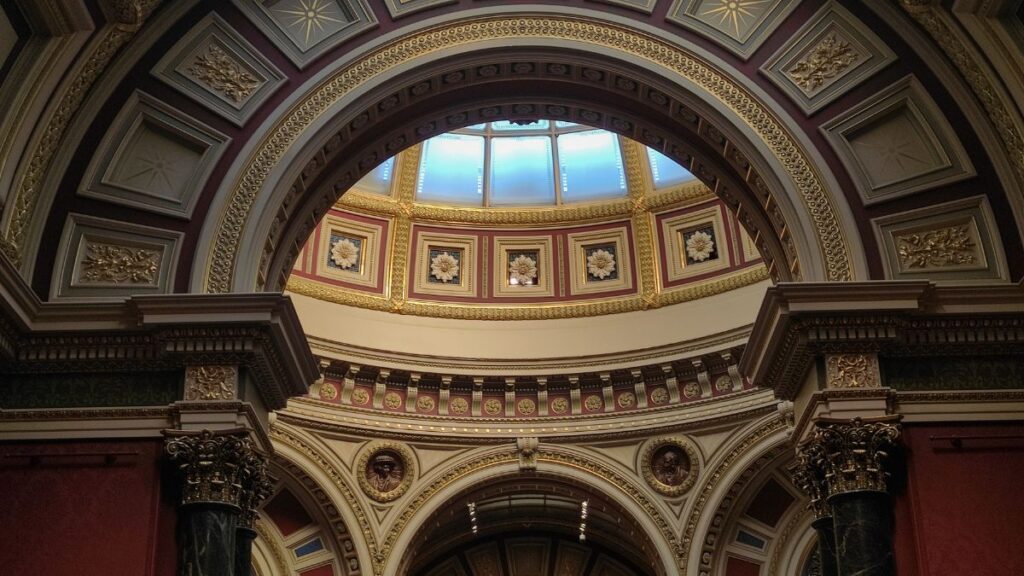
Core Elements of Roman Design
Architecture
Architecture was the centerpiece of Roman design. Influenced by Greek architecture, Romans enhanced structural designs with their innovations such as the arch, dome and concrete.
Color and Texture
Roman interiors were known for their rich color palettes earthy tones mixed with hues of blue, red and gold. Texture, too, played a crucial role, with walls often adorned with stucco or frescoes.
Mosaics and Frescoes
These were significant aspects of Roman design. Mosaics, intricate designs created from small pieces of colored stone or glass, were often used for floors and walls. Frescoes were used to depict elaborate scenes on walls and ceilings.
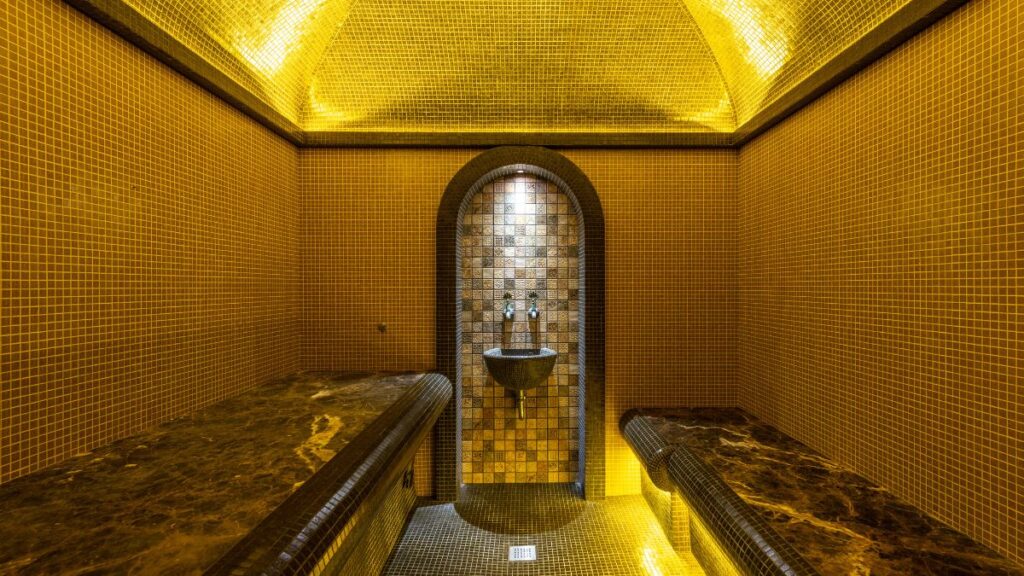
Statuary and Ornamentation
Roman homes often featured statues of gods, goddesses or important figures. These, along with other decorative elements, added a touch of grandeur.
The Influence of Roman Design on Modern Interiors
Influence on Architecture
Modern architecture still draws upon Roman innovations. The use of arches and domes, and the focus on functionality, are notable instances of Roman influence.

Influence on Decorative Elements
Ornamental elements reminiscent of Roman design such as murals, mosaic work and statuary can often be seen gracing modern spaces.
Influence on Furniture
Modern furniture design, especially in luxury spaces, owes much to Roman concepts. The use of high quality materials, ornate designs and focus on comfort reflect Roman influences.
Modern Design Styles Inspired by Roman Design
Neoclassicism
Neoclassicism emerged in the 18th century as a design movement that drew heavily on the aesthetics of ancient Greece and Rome. It reflects the symmetry, simplicity and grandeur characteristic of Roman design.
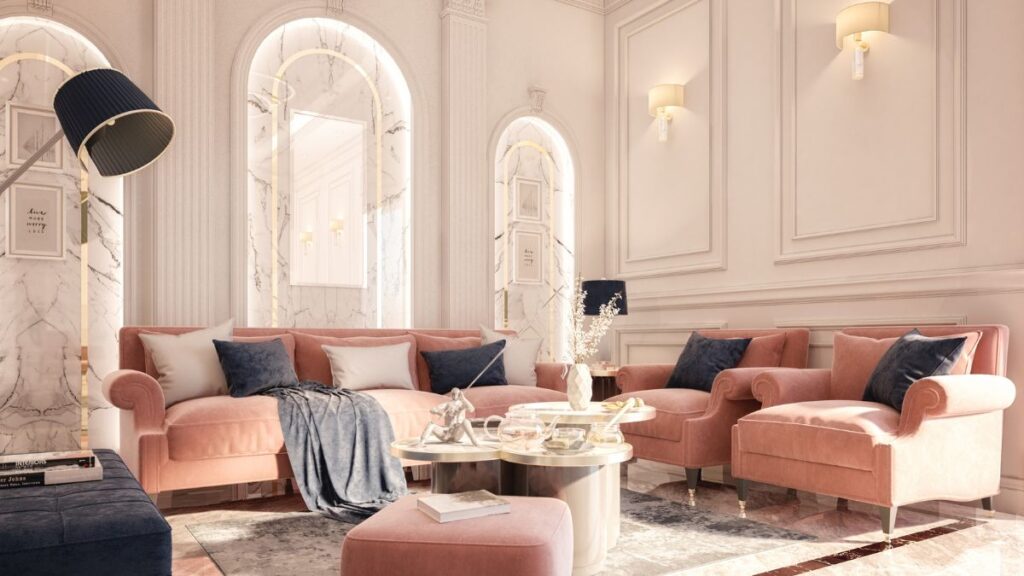
Mediterranean Style
Mediterranean style, popular in coastal areas and warm climates, also shows a strong Roman influence. It’s characterized by open, airy spaces, earthy color palettes, and the extensive use of natural materials like stone and wood.
Case Studies: Modern Buildings Inspired by Roman Design
Modern architecture, globally, has numerous examples of Roman influences. The U.S. Capitol Building, with its grand dome, draws directly from the design of the Roman Pantheon. Similarly, the Roman inspired arches in the design of the Brooklyn Bridge showcase the enduring influence of Roman structural concepts.

How to Incorporate Roman Design in Your Home
Incorporating Roman design in your home doesn’t mean transforming it into a replica of a Roman villa. Instead, it’s about integrating elements that evoke the essence of Roman aesthetics.
- Architectural Elements: Use arches in doorways or windows. A dome-shaped ceiling in a particular section of the house can also create a Romanesque ambiance.
- Color and Texture: Opt for a color scheme that mirrors Roman preferences earthy hues, pops of blue and red, and gold accents. Use texture to add depth and visual interest.
- Mosaics and Murals: Consider a mosaic backsplash in your kitchen or a mural in your living area to channel the Roman flair for these art forms.
- Furniture and Decor: Choose furniture with a classic, ornate look. Add Roman-inspired decor pieces, like statues or pottery, to enhance the theme.
The Relevance of Roman Design Today
The persistence of Roman design in modern interiors testifies to its timeless appeal. Whether through architectural innovations, color schemes, art forms, or decor preferences, the Roman aesthetic continues to influence contemporary design, infusing spaces with a sense of classic elegance and grandeur.
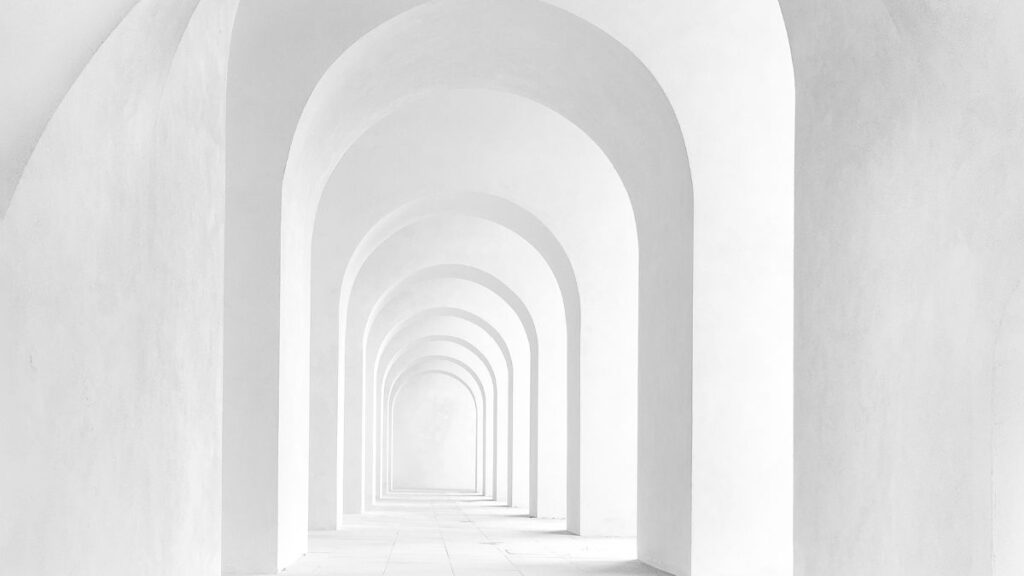
Key Takeaways from Roman Design in Interior Architecture
Roman design offers a timeless blend of grandeur and practicality, making it a lasting influence in modern architecture and interior design. Core elements include architectural innovations like arches and domes, rich color palettes, and intricate mosaics and frescoes. Modern styles such as Neoclassicism and Mediterranean design draw heavily from Roman aesthetics. Incorporating Roman design elements in contemporary homes can create spaces that are both elegant and functional.
Conclusion
From the grand arches and domes of our buildings to the intricate mosaics adorning our interiors, Roman design lives on in our modern spaces. The essence of Roman aesthetics a blend of functionality and grandeur continues to inspire interior design concepts, proving that true style is indeed timeless.
FAQs
1. Why is Roman design relevant today?
Roman design remains relevant today because of its timeless blend of functionality and grandeur. Its influence is seen in various aspects of contemporary design, from architecture to interior decor.
2. What are the main characteristics of Roman design?
Roman design is characterized by grand architectural elements, rich color palettes, intricate mosaics and frescoes, and a focus on ornate statuary and ornamentation.
3. How does Roman design influence modern architecture?
Roman design influences modern architecture through the continued use of elements such as arches, domes and an emphasis on functionality.
4. What modern design styles are inspired by Roman design?
Neoclassical and Mediterranean styles are heavily influenced by Roman design.
5. How can I incorporate Roman design elements into my home?
You can incorporate Roman design elements through architectural features, color schemes, art forms and decor choices that echo Roman aesthetics.
6. Why is Roman design relevant today?
Roman design is relevant today because it offers a timeless blend of functionality and grandeur that continues to inspire contemporary design. Its influence can be seen in architecture, interior design and various art forms.
7. What are the main characteristics of Roman design?
Roman design is known for its grand architectural elements, such as arches and domes, rich color palettes, intricate mosaics and frescoes, and ornate statuary and ornamentation.
8. How does Roman design influence modern architecture?
Roman design influences modern architecture by incorporating elements like arches, domes, and a focus on functionality. These aspects are evident in many contemporary buildings.
9. What modern design styles are inspired by Roman design?
Neoclassicism and Mediterranean styles are heavily inspired by Roman design. Both styles incorporate Roman elements like symmetry, grandeur, and the use of natural materials.
10. How can I incorporate Roman design elements into my home?
You can incorporate Roman design elements into your home by using architectural features such as arches and domes, choosing a color scheme with earthy tones and pops of blue and red, and adding mosaics, frescoes, and Roman-inspired decor pieces.
11. What role did mosaics and frescoes play in Roman interiors?
Mosaics and frescoes were significant in Roman interiors, used to create intricate designs and elaborate scenes on floors, walls, and ceilings, adding depth and artistic value to the spaces.
12. How did Roman architecture differ from Greek architecture?
While Roman architecture was influenced by Greek architecture, it introduced innovations like the arch, dome, and the extensive use of concrete, which allowed for more diverse and durable structures.
13. What are some modern examples of buildings inspired by Roman design?
Modern examples include the U.S. Capitol Building, which features a grand dome inspired by the Roman Pantheon, and the Brooklyn Bridge, which showcases Roman-inspired arches.
14. Can Roman design be incorporated into small spaces?
Yes, Roman design can be incorporated into small spaces by using elements such as rich color palettes, mosaic accents, and Roman-inspired decor to create a sense of grandeur without overwhelming the space.
15. What materials were commonly used in Roman interiors?
Romans commonly used materials such as stone, marble, and stucco in their interiors. These materials added to the luxurious and durable nature of Roman design.
Travel to the cradle of Western civilization and discover the aesthetics of Greek interior design in our article on Discovering the Aesthetics of Greek Interior Design, exploring the enduring elegance and symmetry of Greek-inspired interiors.

